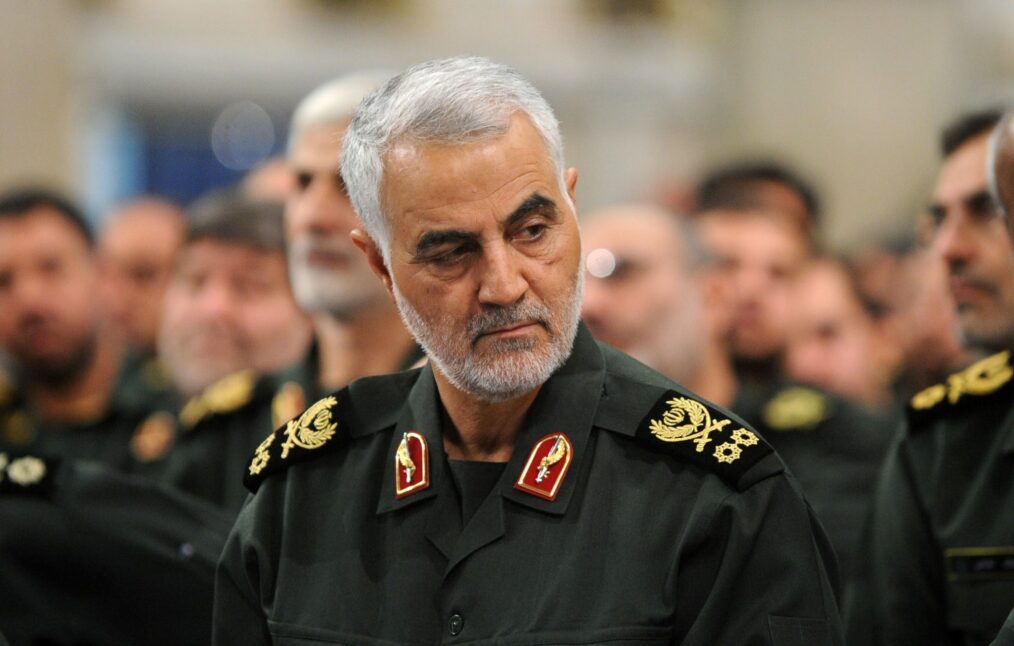Following the ongoing U.S troop’s withdrawal from Afghanistan after the 20-year campaign in the country, the insurgency of the Taliban remains resilient. The Persian Gulf States played a key role during the Afghan conflict, in terms of mediation and reconstruction efforts. Consequently, their involvement is likely to increase once U.S troops are fully withdrawn from Afghanistan.
As a regional power with strong historic relations with Afghanistan, Saudi Arabia is expected to actively participate in the peace process. The “Declaration of Peace in Afghanistan”, signed in Makkah on the 11th June 2021, witnesses Saudi Arabia’s commitment to promoting peace and dialogue so as to prevent every form of violence and extremism, in line with the Islamic principles. However, it is relevant to take into consideration that Saudi Arabia’s foreign policy is heavily influenced by the anti-Iranian agenda. Additionally, their goal is to expand Saudi religious, political, and cultural spheres of influence in Afghanistan.
Background
The Saudi monarchy has a long history of engagement in Afghanistan. In 1980, Saudi Arabia partnered with Pakistan and the United States to defeat the Soviets in Afghanistan by financing the mujahideen in the 1980s for humanitarian aid and weapons. Osama Bin Laden was among the Saudi financiers of the mujahideen. In 1996, Saudi Arabia, the United Arab Emirates, and Pakistan were the only three Gulf states to recognize the Taliban, after they took control of Kabul.
After 9/11, Saudi Arabia formally cut ties with the Taliban. This was due to international pressure, prompted by Bin Laden’s involvement in the attacks.
The shift in the Saudi policy in Afghanistan is evident in the Saudi support of the Afghan government, in terms of investment, reconstruction, and mediation efforts in the country. In 2010, the former Afghan President Karzai (2001-2014) sought Saudi mediation to reconcile with the Taliban. Saudi Arabia’s mediation with the Taliban failed, and Qatar emerged as the privileged actor in the Afghan peace negotiations.
Saudi Arabia Agenda in Afghanistan
Recently, Saudi Arabia hosted the Foreign Minister of Afghanistan. Important decisions and agreements between the two countries were reached.
In regards to political relations, the Afghan Ministry of Foreign Affairs and the GCC signed a Memorandum of Understanding. The goals of which were to strengthen cultural, political, and economic cooperation. Furthermore, Afghanistan and Saudi Arabia are committed to enhancing security cooperation in the fight against terrorism. This is subsequently a common threat.
Concerning the educational development, both sides agreed to accelerate the establishment of the International Islamic University in Nangarhar. This is a district where ISIL-K has not been entirely eradicated. The university will deliver religious classes in Arabic rather than Afghanistan’s national languages.
However, Saudi Arabia’s reconstruction and investment efforts in the country should be seen in the bigger picture of the Kingdom’s interests. Additionally, expanding its influence in Afghanistan should be seen as a way to balance the influence of Iran. Saudi Arabia and Iran as the two leading Islamic powers, Sunni and Shi’a, are committed to the building of Islamic universities and higher education institutions in Afghanistan to exert their influence.
As stated by Simon Mabon, a lecturer in international relations and director of the Richardson Institute for Peace Studies at Lancaster University, “Funding schools and universities is an increasingly popular way of cultivating soft – cultural – power, with education seen as a way of empowering people and providing them with the means through which to improve their socio-economic positions within society”.
Conclusion
All in all, Saudi Arabia’s involvement in the country may increase to fill the void after the U.S troops. In case of a full-scale civil war in Afghanistan, Saudi Arabia may support armed groups based on its political and religious allies to exert influence within the peace process. Saudi Arabia and Iran should not lose their opportunity to engage in Afghanistan to mediate and stabilize the country. The result of its loss could result in a destabilization of the Middle East. Ultimately, this is not in any of the countries interests.
Saudi Arabia should rather focus on its commitment to supporting lasting peace in Afghanistan. This may be achieved by promoting peace and dialogue amongst the Afghani and Pakistani leaders, according to Islamic principles. A sustainable peace process in Afghanistan, as well as stability, can only be achieved by including Shi’a minorities.





